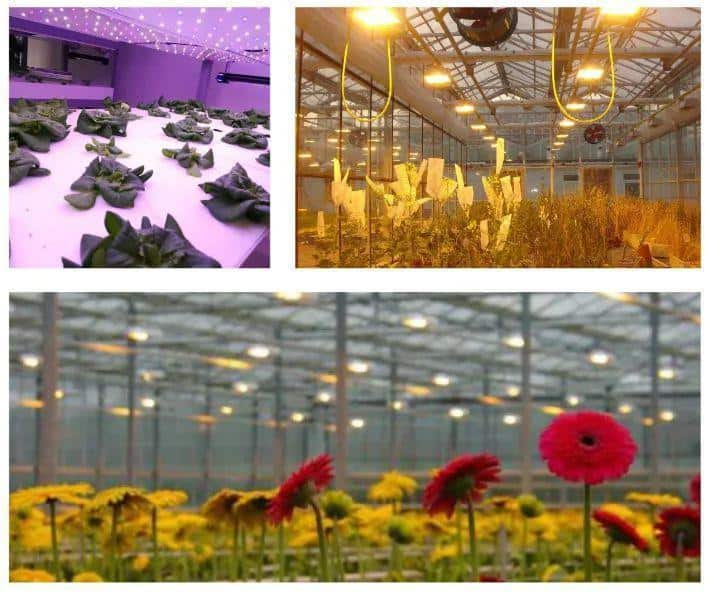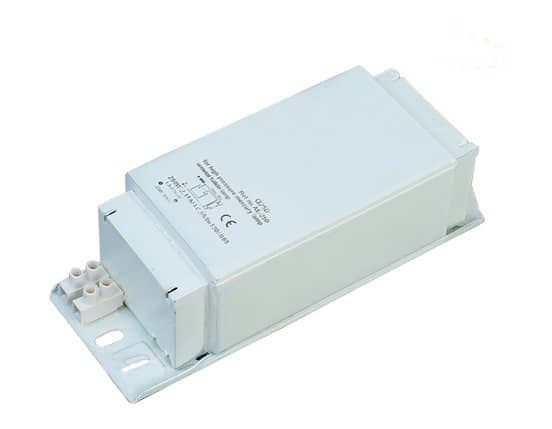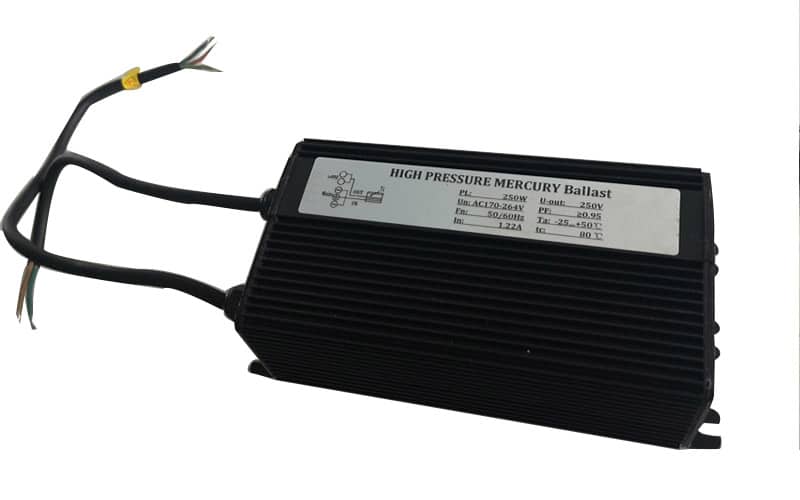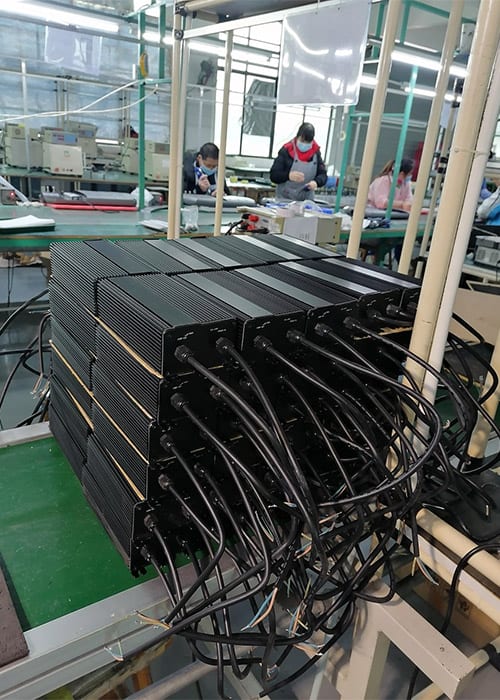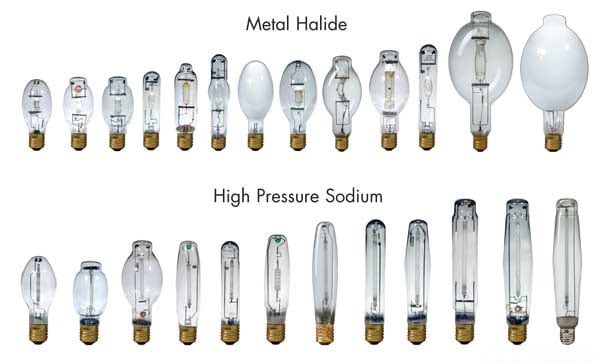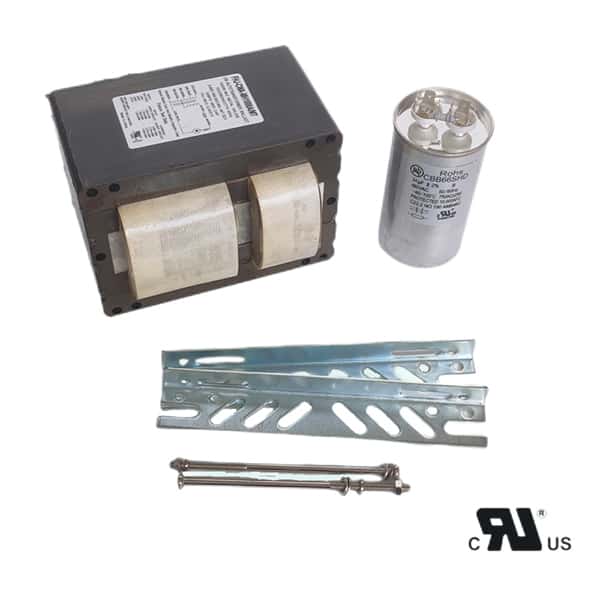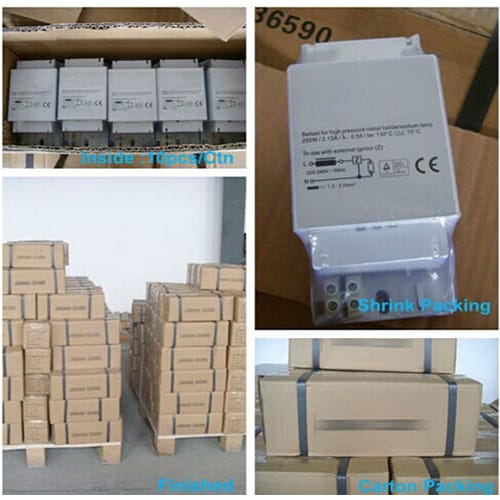When you’re growing plants inside, you need to pick the right ballast to make sure your plants grow the best and to save money on your electricity bill. If you pick the wrong ballast, you can end up paying a lot more for electricity and not giving your plants the light they need to grow the best. The right ballast will make sure your grow lights work well and give your plants the right amount of light for all the different times they need it.
The best ballast depends on what’s important to you, like how much electricity it uses, how much light it gives off, and if it works with your light. Usually, electronic ballasts are the best for indoor growing because they use less electricity and give you more control over your plants’ light.
Knowing about the different kinds of ballasts and what makes them good or bad for indoor growing will help you pick the right one. Let’s talk about what you need to think about when you’re picking a ballast for your indoor grow lights.
What Is a Ballast and Why Is It Important for Grow Lights?
A ballast is an electrical component used to regulate the current and voltage flowing to your grow lights. Its primary function is to provide the initial high voltage needed to start the light and then maintain a consistent current to ensure the light operates efficiently. Without a ballast, the electrical current flowing to the lamp would be uncontrolled, potentially causing the lamp to overheat, burn out, or even become a fire hazard.
Ballasts are particularly important for High-Intensity Discharge (HID) lights, including Metal Halide (MH) and High-Pressure Sodium (HPS) lamps. These types of grow lights are commonly used in indoor growing because they provide intense, full-spectrum light that is ideal for promoting plant growth at different stages. For these lights, a ballast is not just an accessory—it’s a critical component that keeps the lighting system safe and efficient.
Without the proper ballast, your grow lights wouldn’t operate correctly, and your plants would receive uneven or insufficient light. Therefore, choosing the right ballast directly impacts the effectiveness of your indoor growing operation.
Types of Ballasts for Indoor Grow Lights
When it comes to selecting a ballast for indoor grow lights, there are two main types to consider: magnetic ballasts and electronic ballasts. Each has its own advantages and disadvantages, and the best choice for you will depend on your specific needs and budget.
Magnetic Ballasts
Magnetic ballasts, also known as core-and-coil ballasts, have been around for decades and were the standard in the lighting industry for many years. They work by using a copper or aluminum coil wound around a metal core to regulate the electrical current going to the lamp. While magnetic ballasts are reliable and cost-effective, they come with some significant drawbacks.
Magnetic ballasts tend to be bulky, heavy, and less energy-efficient compared to their modern counterparts. They also generate more heat, which can be an issue in enclosed indoor grow rooms where managing temperature is crucial for plant health. Additionally, they can be noisy, producing a humming sound that can be distracting in a home or commercial indoor grow setup.
On the plus side, magnetic ballasts are typically cheaper to buy upfront, making them an attractive option for growers on a budget. However, their inefficiencies in terms of energy use and heat generation can lead to higher long-term costs.
Electronic Ballasts
Electronic ballasts are a more recent development and have largely replaced magnetic ballasts in many applications due to their superior efficiency and performance. Unlike magnetic ballasts, which rely on electromagnetic fields, electronic ballasts use solid-state circuitry to control the current flowing to the lamp. This allows them to operate at a much higher frequency, typically around 20,000 Hz, which greatly reduces flickering and humming noises.
Electronic ballasts are also lighter, smaller, and more energy-efficient than magnetic ballasts. They generate less heat, which can be a huge advantage in an indoor grow room where temperature control is vital. Additionally, electronic ballasts often come with features like dimming, which allows you to adjust the light intensity to match the specific needs of your plants at different growth stages.
While electronic ballasts tend to have a higher upfront cost, their energy efficiency and extended lifespan make them a more cost-effective option in the long run. For most indoor growers, especially those using HID lighting, electronic ballasts are the preferred choice due to their performance and versatility.
Magnetic Ballasts vs. Electronic Ballasts for Indoor Growing
To make an informed decision about which type of ballast is best for your indoor grow lights, it’s important to compare the two in terms of performance, cost, and energy efficiency.
Performance
Magnetic ballasts provide the necessary power to run grow lights, but they do so less efficiently than electronic ballasts. They tend to produce more heat and noise, and their lower operating frequency can cause noticeable flickering in the lights. This flicker may not only be distracting, but it can also result in uneven light distribution, which could negatively impact plant growth.
In contrast, electronic ballasts operate at a higher frequency, which eliminates flickering and provides a more stable light output. This leads to better light penetration and distribution, which is especially important for plants that rely on consistent, high-quality light to thrive.
Cost and Energy Efficiency
While magnetic ballasts are generally cheaper to purchase upfront, they are less energy-efficient. The extra energy consumption not only increases your electricity bill but also generates additional heat, which can require more cooling equipment in your grow room. This can significantly drive up the operational costs over time.
Electronic ballasts, though more expensive initially, offer substantial savings in the long run. They use less energy and produce less heat, which helps keep your grow room’s temperature in check without requiring as much cooling. Over time, these savings can more than make up for the higher upfront cost of an electronic ballast.
Key Features to Look for in a Ballast for Indoor Grow Lights
When selecting a ballast for your grow lights, there are a few key features to consider to ensure that you’re getting the best performance and value for your investment.
Dimming Capabilities
One of the most useful features of modern electronic ballasts is their ability to dim the lights. This feature allows you to adjust the intensity of the light to match the needs of your plants at different stages of growth. For example, during the vegetative stage, plants may require more light, whereas during the flowering stage, they might need less intense lighting. Dimming allows you to optimize light levels for each stage, improving plant growth and reducing energy waste.
Compatibility with Grow Lamps
It’s essential to choose a ballast that is compatible with your specific type of grow lamp. Most ballasts are designed to work with HID lamps like Metal Halide (MH) and High-Pressure Sodium (HPS) bulbs, but you should double-check to make sure your ballast matches the specifications of your lamps. Some ballasts are also compatible with multiple lamp types, offering more flexibility.
Energy Efficiency
Energy efficiency is a major consideration for any indoor grow setup, especially if you plan to run your lights for long periods. Electronic ballasts are far more energy-efficient than magnetic ballasts, making them the preferred choice for growers looking to reduce their electricity bills and carbon footprint. Investing in an energy-efficient ballast can result in significant savings over time, particularly in larger grow operations.
Digital Ballasts: A Modern Solution for Indoor Grow Lights
For growers looking for the latest in lighting technology, digital ballasts offer a highly efficient and versatile solution. These advanced electronic ballasts come equipped with integrated microprocessors that allow them to adjust to different types of lamps and operating conditions automatically.
What is a Digital Ballast?
Digital ballasts are a type of electronic ballast that uses digital circuitry to regulate the flow of electricity to the lamp. They offer several advantages over traditional magnetic and even standard electronic ballasts, including improved efficiency, reduced heat output, and enhanced control over light levels.
Advantages
One of the biggest advantages of digital ballasts is their ability to self-regulate based on the type of lamp being used. This means they can automatically adjust their settings to provide the optimal amount of current and voltage for both MH and HPS lamps, making them an incredibly versatile option for indoor growing.
Digital ballasts also run cooler and quieter than traditional ballasts, which helps reduce the overall heat load in your grow room and extends the life of your lamps. Additionally, they can often monitor the condition of the lamp and adjust the power output to maximize its lifespan.
Smart Features
Many digital ballasts come with built-in smart features, such as the ability to dim the lights or switch between different lamp types. Some models even have built-in protection mechanisms that prevent the ballast from overheating or running a faulty lamp, further enhancing their reliability and safety.
Best Practices for Choosing and Using a Ballast for Indoor Grow Lights
Consider the Grow Room Size
The size of your grow room plays a significant role in determining the type and size of ballast you need. Larger rooms may require multiple ballasts or more powerful units to ensure even light distribution, while smaller rooms can get by with a single, lower-wattage ballast.
Balancing Cost and Performance
While it might be tempting to go for the cheapest option, it’s important to consider the long-term costs of running your grow lights. Investing in a more efficient electronic or digital ballast can save you money on energy costs over time and provide better performance for your plants.
Installation and Maintenance
Proper installation and regular maintenance are crucial for ensuring that your ballast performs optimally. Make sure the ballast is installed in a well-ventilated area to prevent overheating, and regularly check for signs of wear or damage. Replacing a worn-out ballast in time can prevent costly damage to your grow lights and ensure that your plants continue to receive the light they need.
Final Words
For indoor growing lights, the best light ballast is usually an electronic or digital one. These are the best because they work really well, use less electricity, and give you more options. Whether you’re growing a few plants at home or you have a big growing business, picking the right ballast will help you

